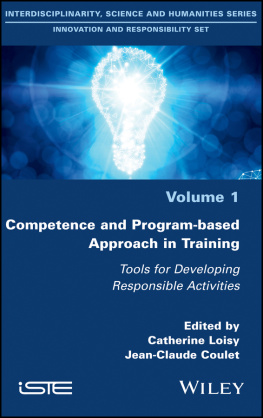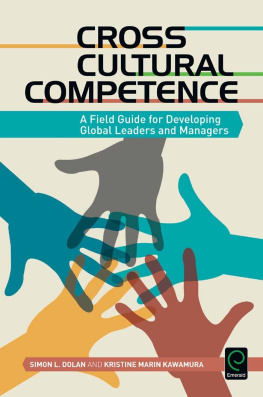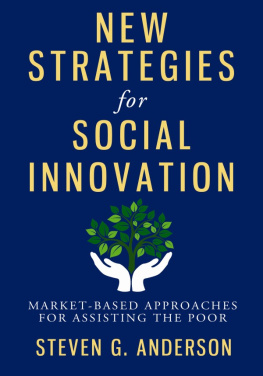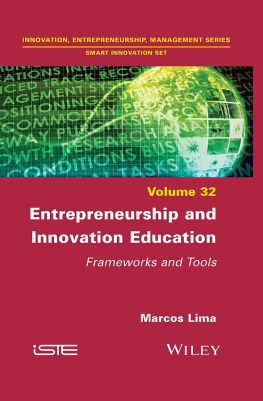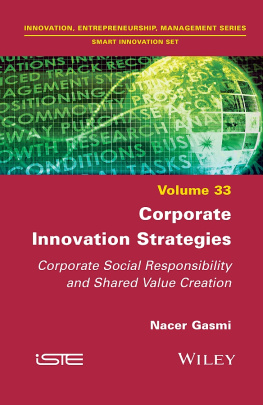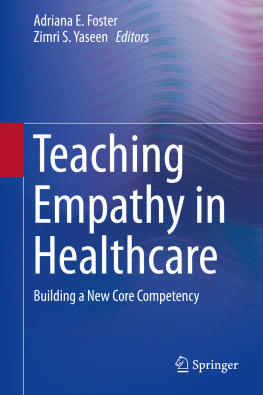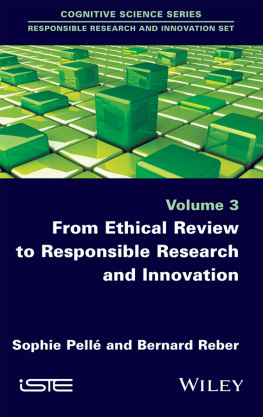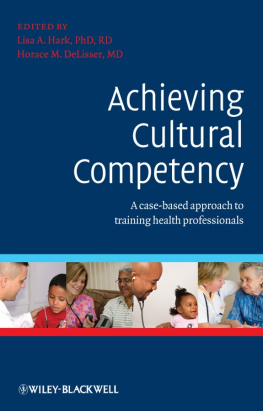
Innovation and Responsibility Set
coordinated by
Robert Gianni and Bernard Reber
Volume 1
Competence and Program-based Approach in Training
Tools for Developing Responsible Activities
Edited by
Catherine Loisy
Jean-Claude Coulet
First published 2018 in Great Britain and the United States by ISTE Ltd and John Wiley & Sons, Inc.
Apart from any fair dealing for the purposes of research or private study, or criticism or review, as permitted under the Copyright, Designs and Patents Act 1988, this publication may only be reproduced, stored or transmitted, in any form or by any means, with the prior permission in writing of the publishers, or in the case of reprographic reproduction in accordance with the terms and licenses issued by the CLA. Enquiries concerning reproduction outside these terms should be sent to the publishers at the undermentioned address:
ISTE Ltd
27-37 St Georges Road
London SW19 4EU
UK
www.iste.co.uk
John Wiley & Sons, Inc.
111 River Street
Hoboken, NJ 07030
USA
www.wiley.com
ISTE Ltd 2018
The rights of Catherine Loisy and Jean-Claude Coulet to be identified as the authors of this work have been asserted by them in accordance with the Copyright, Designs and Patents Act 1988.
Library of Congress Control Number: 2018950368
British Library Cataloguing-in-Publication Data
A CIP record for this book is available from the British Library
ISBN 978-1-78630-304-2
Foreword
Most of the works published so far in the Responsible Research and Innovation set (RRI, seven in English and four in French). They attempted, through different approaches, to deploy the concept of responsibility in order to make the notion of RRI actually responsible and not just an association of principles according to the trend like stakeholder participation or open science. Similarly, these studies were based on case studies and their evaluation. However, between norms and practices, learning takes place in all its dimensions. RRI, no less than the policy issues to be addressed today, whether that of the democratic debate undermined at its very basis by what has perhaps been hastily called post-truth or those of energy transition, which go hand in hand with the fight against global warming, cannot afford not to ponder the learning processes and proposals offered in this regard.
Too often, moral and political philosophy or social science theory are deadlocked on learning models embedded or imagined in their discussions. This learning theme was highlighted in Marc Maesschalcks book in this same series. Indeed, stakeholders must be able to interpret the norms, as well as destabilizations, that they induce and in different contexts each time. Piaget, whose study is exploited in this collective work, spoke more generally of disturbance, rebalancing, assimilation and accommodation.
Though RRI, like many experiments described as collective intelligence exercises, calls for a broader inclusion of heterogeneous stakeholders, much still has to be done to know what to learn from one another and how to proceed.
This collective work addresses this in a comparative way (Belgium, Canada, France and Switzerland) by benchmarking between the programbased approach (PBA) and the competency-based approach (CBA).
The PBA opposes the course-based approach. It is more dynamic and demanding because it involves a shared training project, which is the basis of a study program (vision, values, competencies and organization) and requires a collegial approach for it to be carried out. The relevance of the PBA for RRI-type approaches is noted here, particularly because we do not always have all the knowledge at the beginning of the project that would suffice to be acquired from people who hold such knowledge. The program is also one of the important policy highlights in the structuring of any individual, but especially collective, research; we think of the famous Programme Horizon 2020 (Horizon 2020 Program) in Europe.
The issue of competencies, more widely developed in this book, is even more valuable for RRI. Competency, or ability, is one of the possible meanings attached to moral responsibility, which is essential to RRI. It is therefore a significant detour to better define competency, and equally with regard to learning specialists. Most studies in the field of RRI, or forms of participatory evaluation (Participatory Technological Evaluation), or even for democratic decisions (participatory democracy), do not make efforts towards thinking and discussing the learning required for all these developments, even if they are desirable.
A theoretical discourse on PBAs and CBAs coexists here with established issues such as the competencies of environmental health engineers charged with the responsibility of advising public authorities on environmental risks regarding peoples health, the initiative of the Confrence Franaise des Grandes Ecoles and the Confrence des Prsidents dUniversit: Guide comptences dveloppement durable et responsabilit socitale, (Sustainable Development and Social Responsibility Competencies Guide) or the ten years of implementation of European policy in a Belgian university.
Support for any innovation involves the concern for learning and the acquisition of new competencies. This issue is adequately discussed in this book and formalized as such in clear tables. Moreover, several sections are devoted to higher education which is one of the prioritized areas of RRI.
Although the term competency is often used, however, it is still difficult to grasp. It is often used lightly, along with its assessment: competency or more precisely performance assessment. Yet, it is difficult to directly observe a competency, which is conceived as a sociocognitive construct that can be activated in a situation. We often limit ourselves to observing only the activity and its results. Gathering information from subjects (their intentions, motivations, choice motives in the activity and knowledge mobilized, etc.) becomes essential if we aim at competency that produces performance. However, performance does not necessarily ensure competency. It is possible, for example, to succeed with erroneous conceptions, unsuitable operating procedures, or even by benefiting from a series of circumstances.
Added to this is the fact that competency can only be considered in a binary form (competent/non-competent), socially (recognition), as performance (a learned ability to adequately perform a task, duty or role in a situation). This last point equally indicates the relationship between competency, task and role, all of which are possible interpretations of moral responsibility.
Several background conceptions can be associated with competency: innate (such as inherited personal qualities), behaviorist (for example, objective-based pedagogy in view of performance) or constructivist (characterized by a wide diversity of theoretical points of view, from Piagetian to information processing theories through models inherited from social cognitivism) conceptions.
The authors of the book seem to share the idea that an individuals competency consists of elements of different natures, which are conceived as resources for carrying out a specific activity. These elements are generally described as the classical triptych of knowledge, know-how and interpersonal skills, or in a more conceptualized form as knowledge, abilities and attitudes. They however consider that competency is not simply a summation of these resources but their combination in a situation, and even going as far as integrating environmental resources as elements of competency.
Next page
